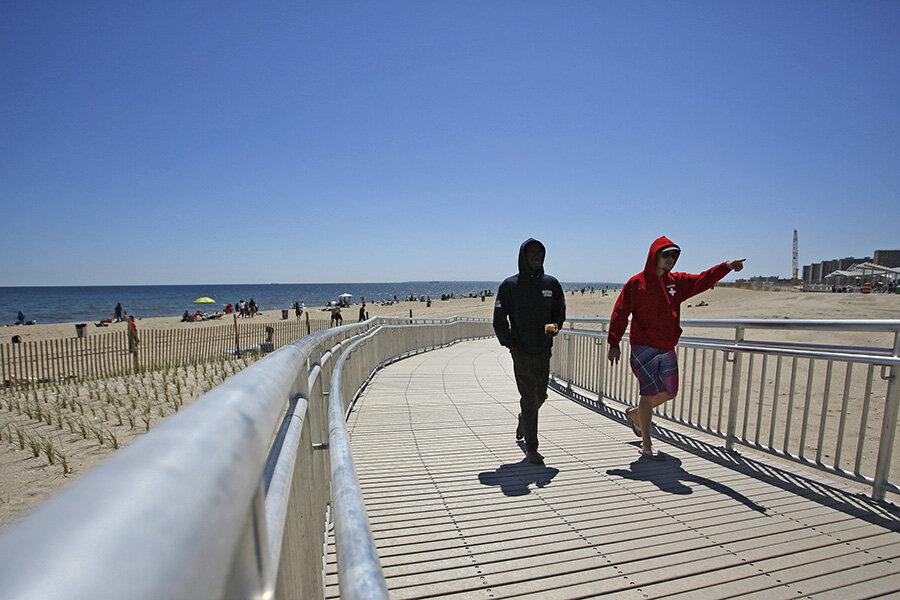US forecaster predicts below average Atlantic hurricane season
Loading...
The Atlantic hurricane season will be less active than usual this year due to cooler seas and a strong El Niño effect, the US government weather forecaster said on Wednesday.
The official "below-normal" forecast calls for six to 11 tropical storms this year, with three to six reaching hurricane status of 74-mile-per-hour (120 kph) winds, the National Oceanic and Atmospheric Administration said at a press conference in New Orleans. There may be as many as two major hurricanes with winds reaching at least 111 miles per hour.
In an average year, the Atlantic, the Caribbean and the Gulf of Mexico have 12 named tropical storms, six hurricanes and three major hurricanes, according to NOAA.
Hurricane season officially runs June 1 through Nov. 30, although this season's first storm, Tropical Storm Ana, came ashore in South Carolina earlier this month.
"A below-normal season doesn't mean we're off the hook," said NOAA Administrator Kathryn Sullivan.
"As we've seen before, below-normal seasons can still produce catastrophic impacts to communities," Sullivan said, referring to the 1992 season, which had only seven named storms but included a major Category 5 hurricane - Andrew - that devastated South Florida.
NOAA's forecast does not say whether any of the storms are likely to make landfall in the United States.
The U.S. coast has not had a major hurricane since 2005, although Superstorm Sandy was near hurricane strength when it
flooded downtown Manhattan and the New Jersey shore, killing 158 people in October 2012.
NOAA lead hurricane forecaster Gerry Bell said the main factor expected to suppress the hurricane season was El Niño. This warming of tropical waters in the central and eastern Pacific affects global weather patterns and makes the formation of hurricanes in the Atlantic-Caribbean basin less likely.
The phenomenon is already affecting wind and pressure patterns, Bell said.
"El Niño may also intensify as the season progresses and is expected to have its greatest influence during the peak months
of the season," he said.
Cooler water in the hurricane corridor that runs from the west coast of Africa to the Caribbean also is reducing the likelihood of storms, which get their energy from warmer seas, Bell said.
NOAA is adding a new storm surge/warning graphic on its website this year to highlight areas along the Atlantic and Gulf of Mexico coasts with a higher risk of flooding.







